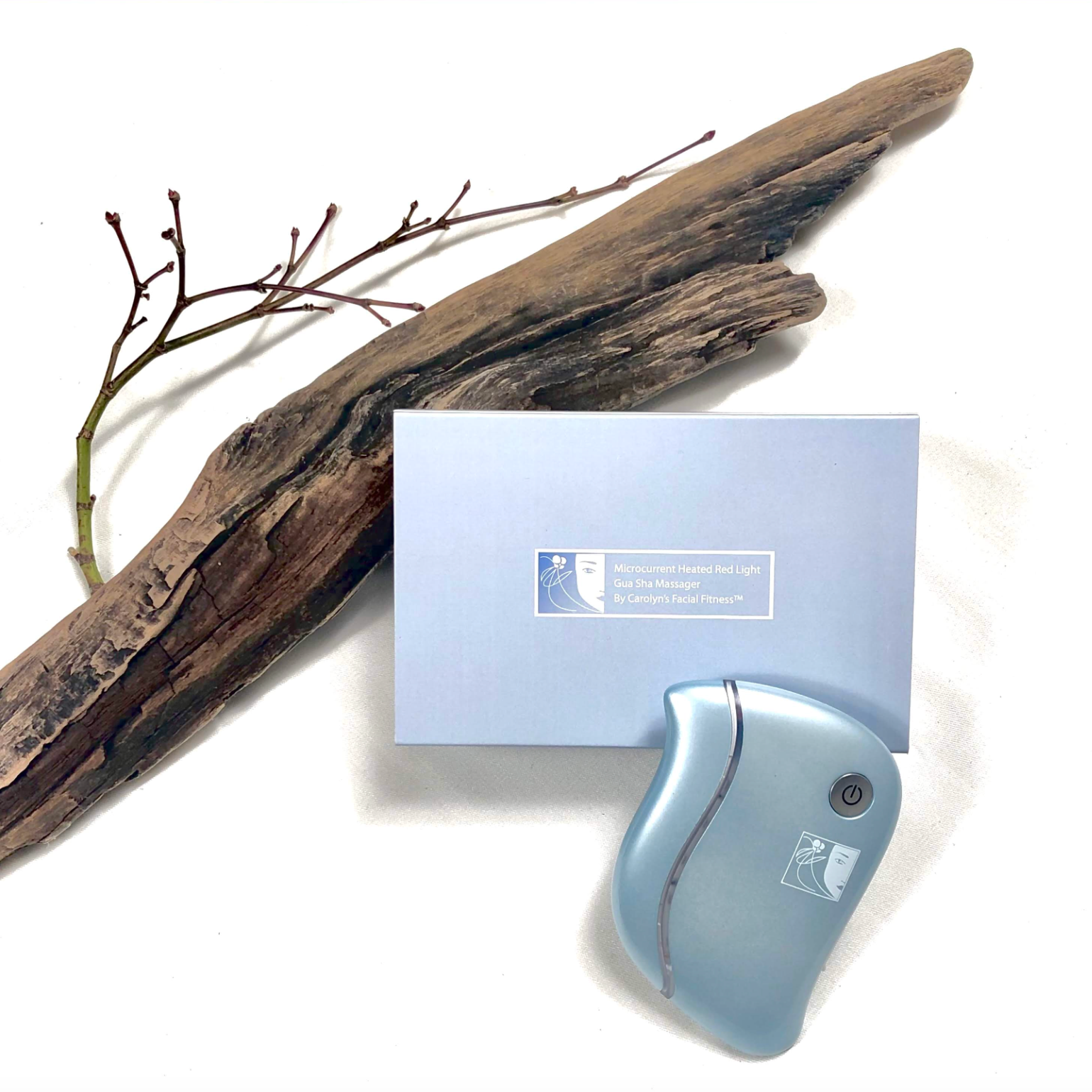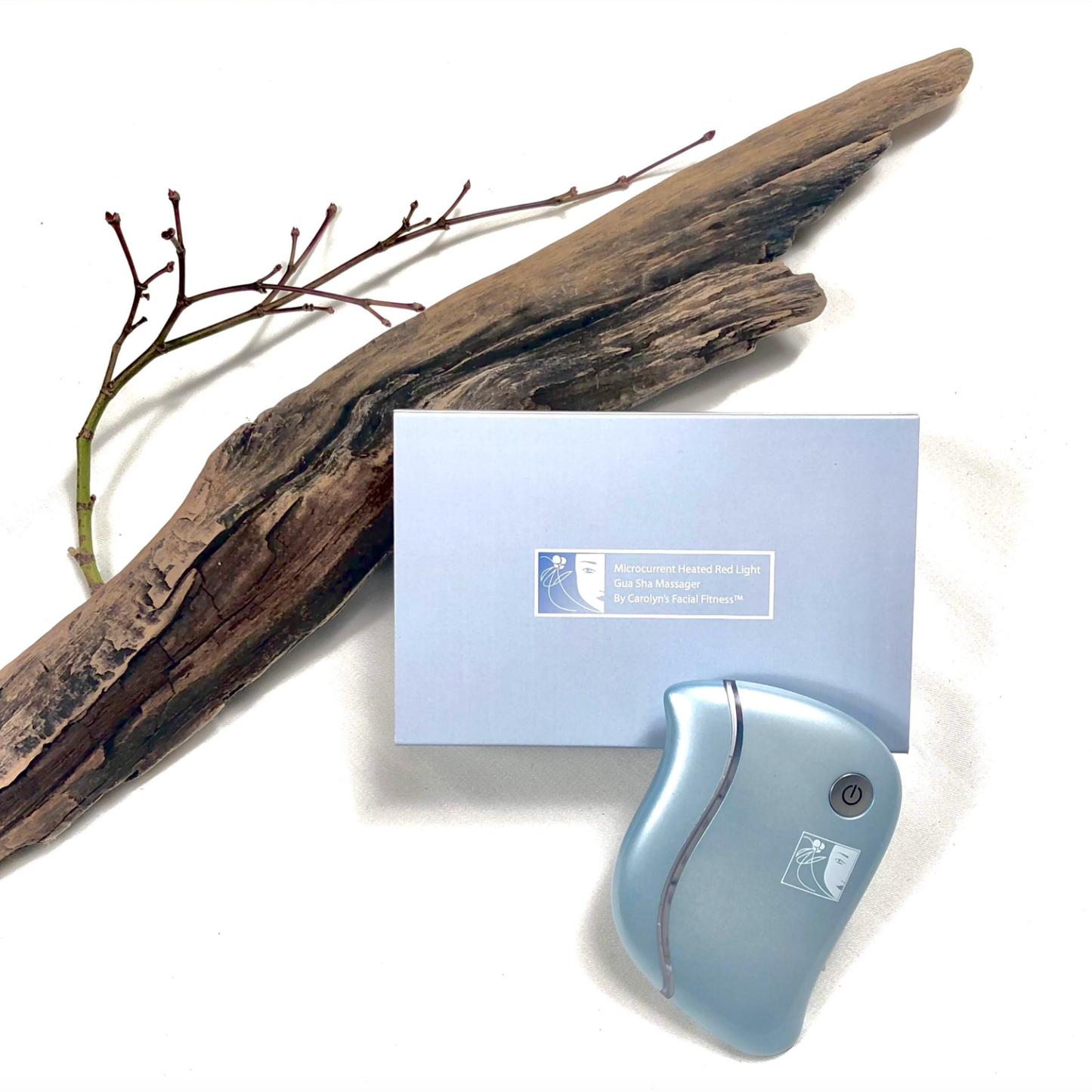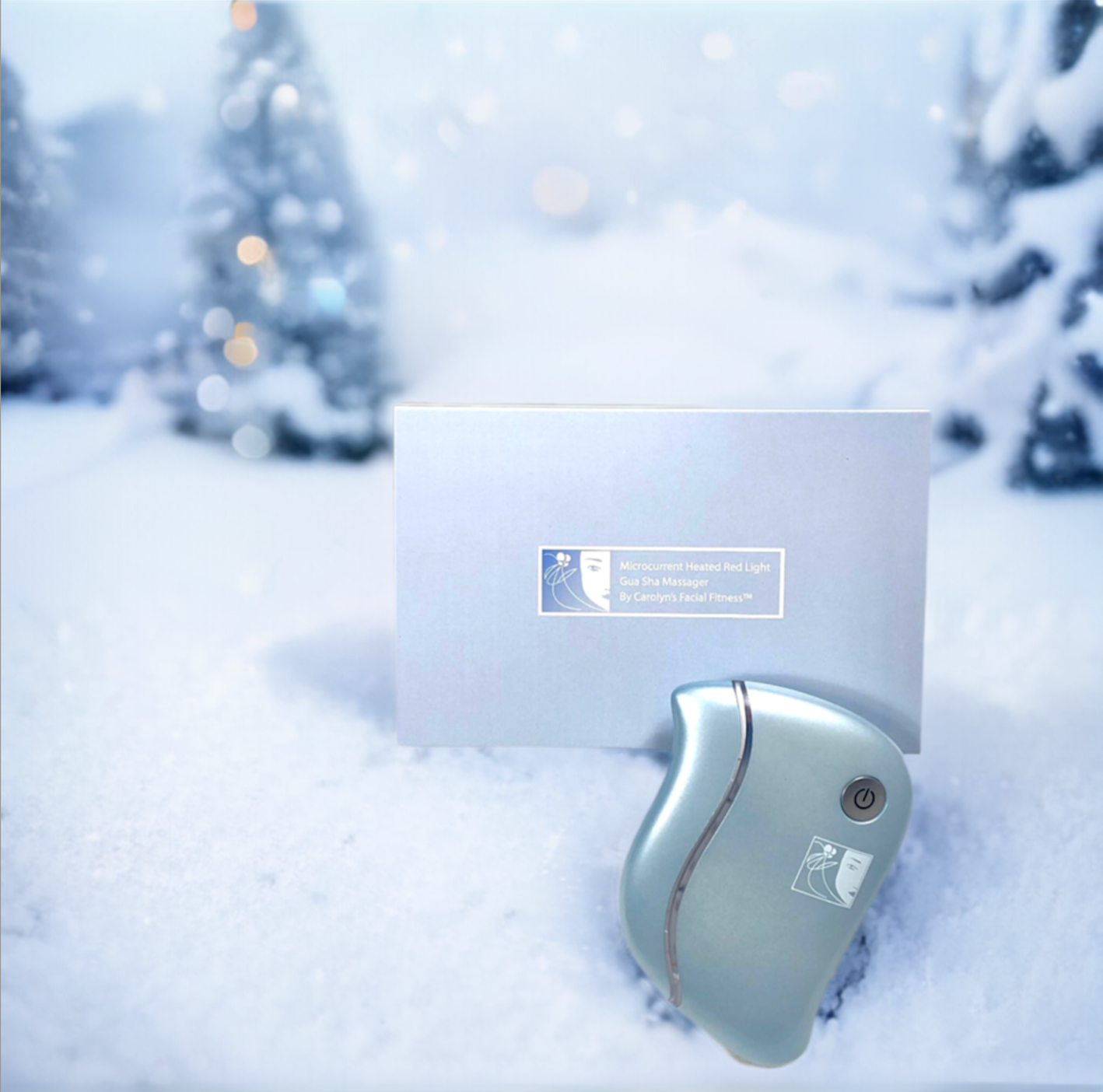Check out the facial exercise routines for repositioning the fat pads of the face!
Why is it important to address fat pads in the face as we age? And how to fix this aging issue.
Dr. Olbricht, M.D., an associate professor of Dermatology says that facial exercises can strengthen muscles that hold fat and skin in place. She says, face exercises may:
- Increase facial muscle tone
- Help with fat redistribution or loss due to gravity
- Help keep fat where it belongs, as opposed to allowing it to slip down with gravity
- Improve overall muscle tone in the face
How do facial exercises reposition fat pads in the face?
While facial exercises improve the appearance of the face and neck by strengthening muscles, improving circulation and more, they also can reposition the fat pads in the face that have slipped down with gravity or deteriorated as we age.
Here is a graphic of a face with youthful fat pads and aging fat pads

Facial exercises target the underlying muscles of the face by providing better support for the overlying skin and fat pads. This support helps to lift up sagging areas and give the face a more youthful appearance. These stronger muscles alter the way the fat pads “sit” on the face. The exercises can target an area, as the cheeks and lift them up and redistribute the fat that’s started to droop due to gravity and aging.
Facial exercises improve blood flow to the facial tissues while 10 times more oxygen and nutrients are delivered through exercise, as well. Better circulation promotes healthier skin and elasticity which in turn supports the facial structure. While improved circulation doesn’t necessarily directly reposition fat pads, healthier skin no doubt provides a better framework for the underlying fat, which support the facial structure and helps prevent or reduce sagging.
CFF in particular can help with facial contouring. By targeting specific muscles, the muscles can become toned and they can build, exerting pressure on the fat pads and “encouraging” them to settle in a more lifted or natural position. CFF has specific exercises that give a beautiful contour to the face.
Note: When you encounter the eye exercise in this routine, I know it's difficult at first to contract ONLY the bottom eyelid. You'll tend to squint with the whole eye in the beginning. However, keep "trying" to contract only the bottom eyelid and after a while, you'll be very successful. And, now, when in the sun, you can use this technique to "squint" at strong sunlight and not make crow's feet. So nice!
Here is a graphic of the fat pads in the face.

How do facial exercises help to reshape and reposition fat pads in the face?
Since facial exercises can stimulate collagen production and therefore elastin production, as well, leading to a firmer skin, this firmer skin better supports fat pads and prevents them from sagging downwards.
CFF now offers a Fat Pads Lifting and Shaping routine using muscle resistance and isometrics {1}, as well as a separate massage for shaping and lifting the fat pads giving definition to the face in an attractive way. The routine will give the correct contours of a youthful face and give the appearance of volume in the face as well.
This routine will -
- Reposition the fat pads in the face back to their original position before gravity and age took its toll.
- Targets the eyes where the fat pads become lax as we age, causing bags and sagging in this area.
- Fill in the upper lip.
- Smooth out the forehead.
- Give an overall lifting to the whole bottom of the face.
- Add volume and a youthful “glow”, shaping the face in an elegant way.
Conclusion
Facial exercises can help reposition the fat pads in the face through muscle strengthening and massage. Improved circulation and enhanced skin elasticity contribute to the overall appearance of the face and contouring of the tissue. With CFF, you can regain that youthful fullness that has been lost due to the downwards motion of gravity as we age.
{1} Isometric exercises are tightening (contractions) of a specific muscle or group of muscles. During isometric exercises, the muscle doesn't noticeably change length. They’re also known as static exercises, involving contracting a muscle or group of muscles without any noticeable change in length or movement.
In other words, it’s a type of muscle contraction where the muscle length remains constant while generating force. You build strength, but not "more" muscle fiber as you do with a dynamic muscle work out, we call muscle resistance training.
CFF uses isometric exercises to give shape to particular muscles in the face, like the cheeks. Go to "52" seconds here, the 3 Step Cheek Builder & Smoother for an example of an isometric exercise that lifts and shapes the cheeks properly. To be clear, you not only build strength using isometrics, you also build "up" the muscle. This is why using this method on the cheeks gives them shape and lift, but not bulk.




